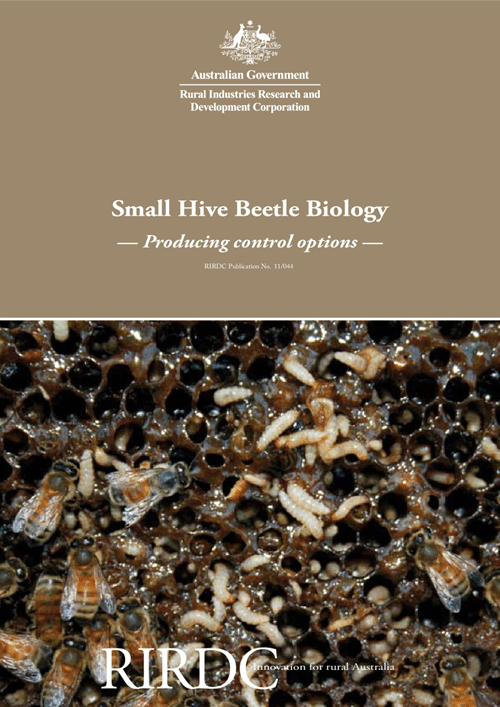Determining the impact of Varroa on virus transmission in Australian bees
This research aimed to contribute to ongoing surveillance of the Australian honey bee virus landscape as varroa establishes and spreads.
 HONEY BEE & POLLINATION
HONEY BEE & POLLINATION 
73 pages
Published: 18 May 2011
Author(s): Annand, Nicholas
Download report PDF
DownloadPurchase a hard copy - AUD $45.00
The Small Hive Beetle (SHB) was first identified in Australia in 2002. Since then it has become a major pest of honeybee hives.
Many control strategies are already in use in Australia to minimise the impact of SHB and include modifications to hive designs, improved beekeeping techniques and hygiene procedures. However SHB continues to cause large-scale economic losses within the industry. It is now clear that a better understanding of the biology of the SHB is necessary if beekeepers are to effectively manage this pest.
This RIRDC project highlights the biological and behavioural characteristics of SHB that can be directly related to hive health and management. The knowledge can be used to enhance the effectiveness of current control strategies and to provide the basis for new and improved control strategies for the commercial and amateur beekeeping industry.